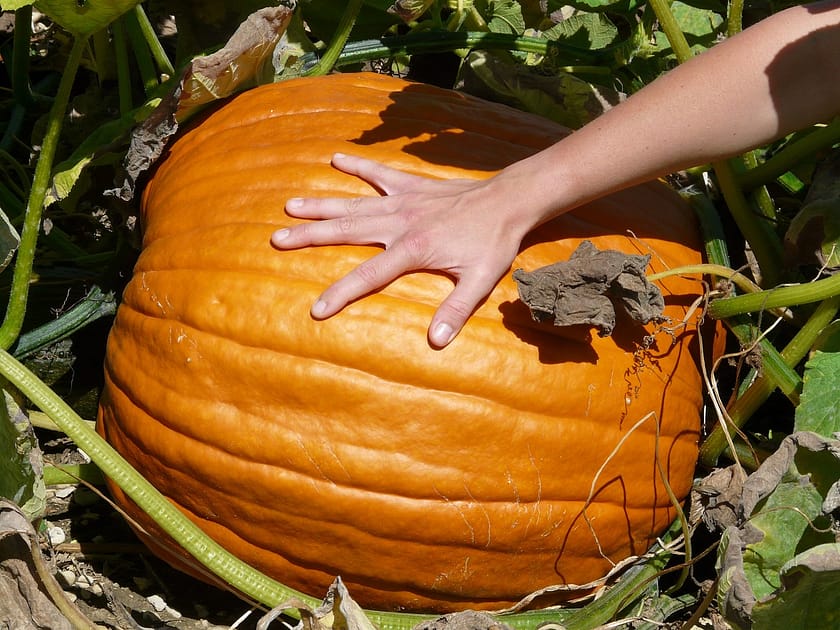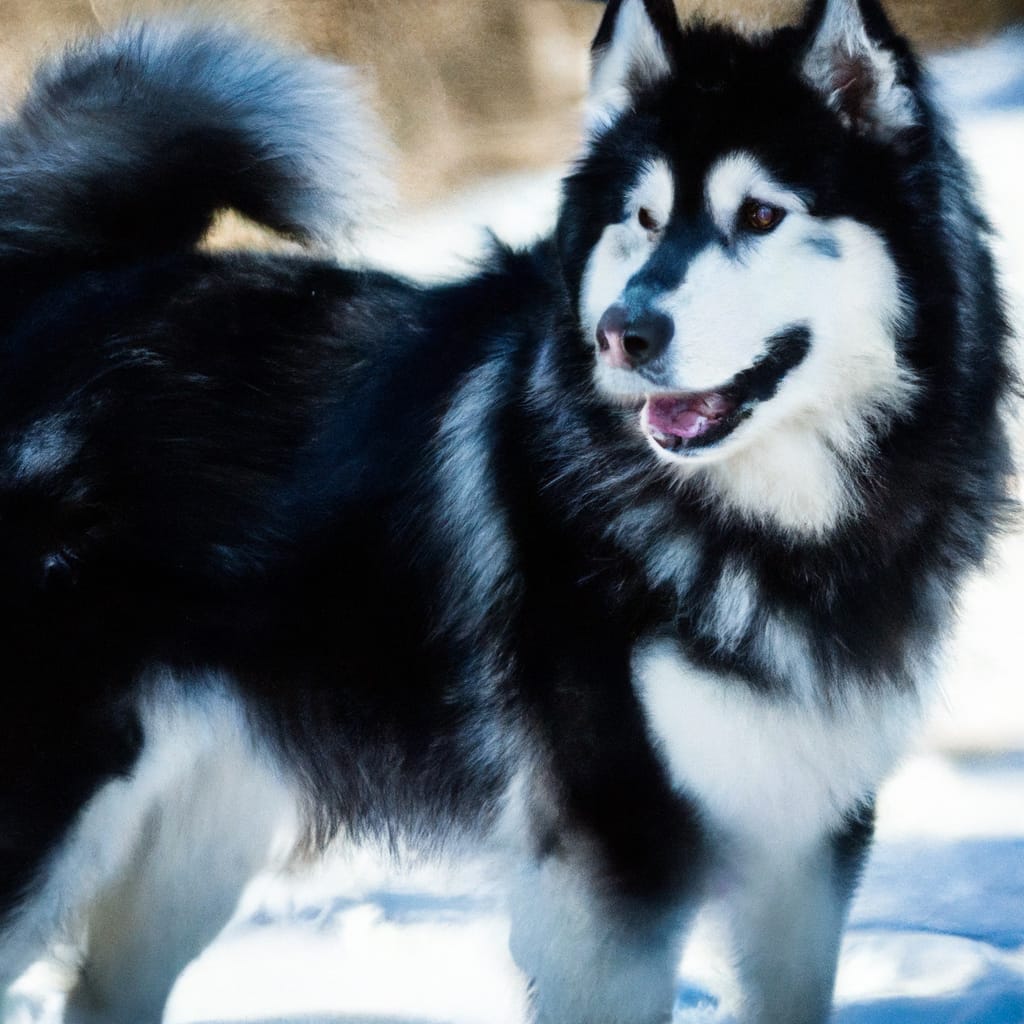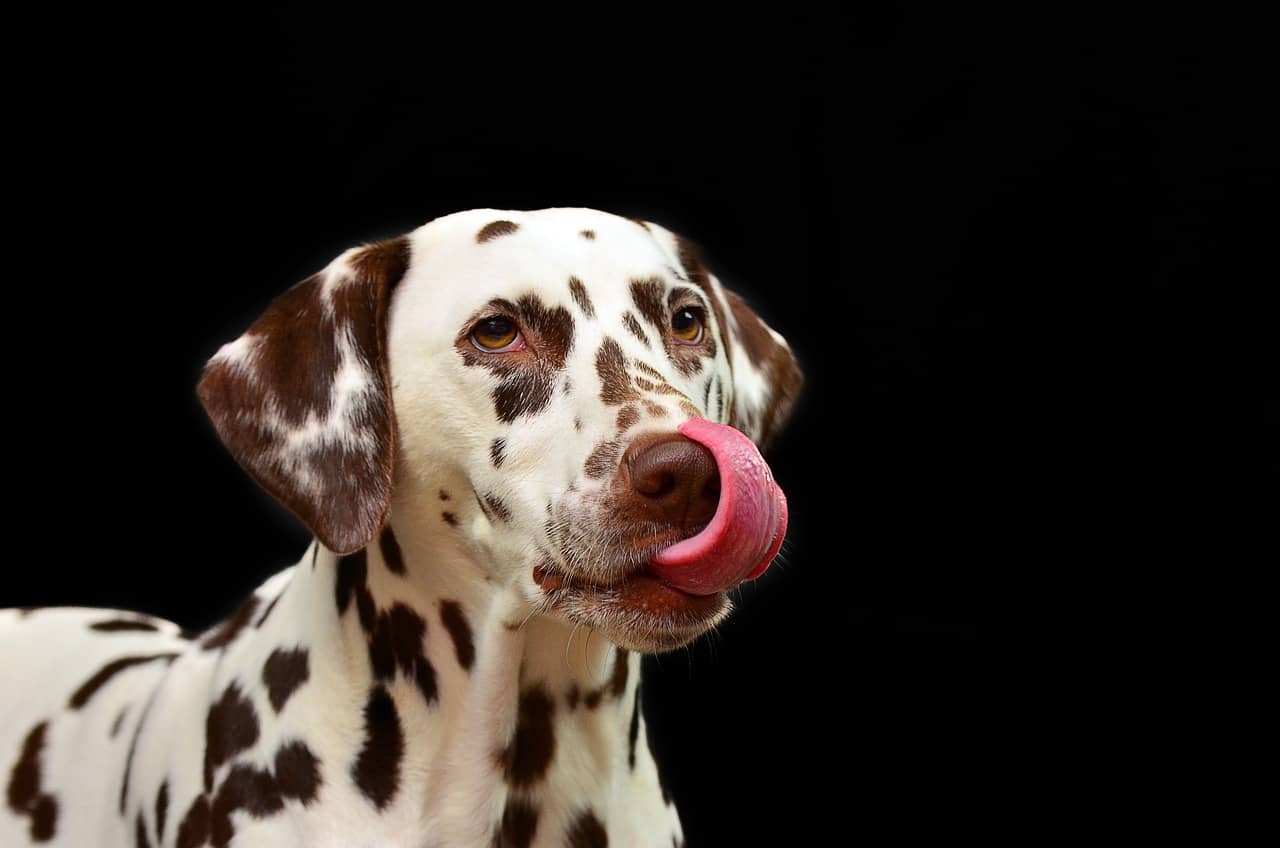Goldendoodle Vs Labradoodle: What Are The Differences?
Are you a dog-lover who can’t decide between a Goldendoodle or a Labradoodle? Well, fret no more! In this article, we will explore the key differences between these two popular hybrid breeds. From their appearance and coat types to their temperaments and exercise needs, you’ll gain a better understanding of what sets a Goldendoodle apart from a Labradoodle. So, whether you’re looking for a loyal companion or a family-friendly pet, read on to discover which doodle is the perfect fit for you!
Size
Goldendoodle Size
Goldendoodles are known for their variety in sizes. They can range from small to large, depending on the size of the Poodle parent and the Golden Retriever parent. A standard Goldendoodle can reach a height of 20 to 24 inches at the shoulder and weigh between 50 to 90 pounds. Miniature Goldendoodles typically stand around 14 to 17 inches tall and weigh between 15 to 35 pounds. Finally, the smallest size, the toy Goldendoodle, stands at approximately 10 to 14 inches in height and weighs between 5 to 20 pounds. Ultimately, the size of a Goldendoodle can vary greatly depending on the specific breeding combination.
Labradoodle Size
Similar to Goldendoodles, Labradoodles also come in various sizes. Standard Labradoodles can reach a height of 21 to 24 inches at the shoulder and weigh between 50 to 65 pounds. Medium Labradoodles typically stand around 18 to 20 inches in height and weigh between 30 to 45 pounds. Lastly, miniature Labradoodles are usually around 14 to 16 inches tall and weigh between 15 to 25 pounds. The size of a Labradoodle is influenced by the size of the Poodle parent and the Labrador Retriever parent, with smaller Poodles resulting in smaller Labradoodles.
Coat
Goldendoodle Coat
Goldendoodles are well-known for their beautiful and varied coats, which can inherit characteristics from both the Golden Retriever and the Poodle. The Goldendoodle’s coat can range from wavy to curly, and it comes in a variety of colors such as cream, gold, apricot, red, chocolate, or black. They have a non-shedding or low-shedding coat, making them a popular choice for individuals with allergies or those who prefer a cleaner home. Regular grooming and brushing are necessary to prevent matting and maintain their coat’s health and appearance.
Labradoodle Coat
Labradoodles also have a diverse range of coats, thanks to their Poodle and Labrador Retriever heritage. Their coat can be either wavy or curly, and it comes in various colors such as cream, apricot, chocolate, black, or silver. Some Labradoodles have a straighter coat, resembling that of the Labrador Retriever. Like Goldendoodles, they often have a non-shedding or low-shedding coat, making them a suitable choice for individuals with allergies or those who prefer a cleaner environment. Regular grooming and brushing are necessary to keep their coat in good condition.

Temperament
Goldendoodle Temperament
Goldendoodles are typically friendly, outgoing, and affectionate dogs. They tend to be intelligent and eager to please, making them easy to train. Goldendoodles are known for their gentle and patient nature, which makes them excellent family pets, especially for households with children. They are social dogs and generally get along well with other animals, making them great companions for families with multiple pets. Goldendoodles thrive on human companionship and can suffer from separation anxiety if left alone for long periods. Overall, their temperament makes them well-suited for families, individuals, or even therapy work.
Labradoodle Temperament
Labradoodles are also known for their friendly and affectionate temperament. They are intelligent dogs, thanks to the Poodle’s intellect, and they inherit the Labrador Retriever’s loving nature. Labradoodles are typically sociable and get along well with people of all ages, including children. Their friendly demeanor makes them suitable for households with other pets as they tend to be amiable and accepting of new furry friends. Labradoodles also make excellent therapy dogs due to their gentle and patient nature. However, it’s important to note that individual temperaments can vary, and early socialization and training are crucial for shaping a Labradoodle’s behavior.
Exercise Needs
Goldendoodle Exercise Needs
Goldendoodles have moderate exercise needs that can vary depending on their size and age. Daily walks, playtime, and mental stimulation are essential to keep them physically and mentally stimulated. Larger Goldendoodles may require more exercise, such as longer walks or vigorous play sessions, while smaller ones may be satisfied with shorter activities. They enjoy activities like swimming, retrieving toys, or participating in dog sports. Goldendoodles are adaptable and can adjust to various living situations, making them suitable for both urban and suburban environments.
Labradoodle Exercise Needs
Similarly to Goldendoodles, Labradoodles also have moderate exercise needs. Regular exercise helps prevent boredom and keeps them physically fit. Daily walks, playtime, and mental stimulation are essential for their well-being. Labradoodles love the water and often enjoy activities such as swimming or playing fetch in a secure area. They are adaptable dogs and can adjust to different living environments, making them suitable for both homes with yards and urban settings. However, it’s crucial to ensure they receive enough exercise to meet their needs, regardless of their living situation.

Trainability
Goldendoodle Trainability
Goldendoodles are highly trainable dogs due to their intelligence and desire to please their owners. They are quick learners and respond well to positive reinforcement-based training methods. Goldendoodles thrive on praise and rewards, making training sessions enjoyable for both the dog and the owner. Basic obedience training, such as sit, stay, and recall, should be started early to establish a foundation of good behavior. Goldendoodles also excel in advanced training and can participate in various activities like agility, therapy work, or even search and rescue. Consistency, patience, and positive reinforcement are key when training a Goldendoodle.
Labradoodle Trainability
Labradoodles are known for their high level of intelligence and trainability. They are quick learners who respond well to positive reinforcement methods. Like Goldendoodles, they thrive on praise and rewards, making training sessions enjoyable for both the dog and the owner. Labradoodles are well-suited for basic obedience training and tend to pick up commands quickly. With consistent training and proper socialization, Labradoodles can excel in advanced training activities and make well-behaved companions. However, it’s important to establish leadership and provide consistent guidelines during training to ensure a Labradoodle’s success.
Health
Goldendoodle Health
Goldendoodles are generally considered healthy dogs, but like any breed, they can be prone to certain health issues. Some common health concerns in Goldendoodles include hip and elbow dysplasia, eye problems such as progressive retinal atrophy (PRA) or cataracts, and certain genetic conditions like von Willebrand’s disease or cardiac issues. However, responsible breeders aim to reduce the risk of these health issues through proper health testing and selective breeding. Regular veterinary check-ups, a balanced diet, exercise, and proper grooming are important for maintaining a Goldendoodle’s overall health and well-being.
Labradoodle Health
Similar to Goldendoodles, Labradoodles are generally healthy dogs. However, they are prone to certain health concerns that are common in both Poodles and Labrador Retrievers. These include hip and elbow dysplasia, progressive retinal atrophy (PRA), cataracts, and certain genetic conditions such as exercise-induced collapse (EIC) or von Willebrand’s disease. Responsible breeders conduct health testing on their breeding dogs to minimize the risk of passing on these conditions to their offspring. Regular veterinary care, a well-balanced diet, exercise, and proper grooming contribute to a Labradoodle’s overall health and longevity.

Allergies
Goldendoodle Allergies
Goldendoodles are often considered more hypoallergenic compared to other dog breeds due to their low-shedding or non-shedding coat. Their curly or wavy hair structure helps minimize the shedding of dander, which is a common trigger for allergies. However, it’s important to note that no dog is completely hypoallergenic, and individual reactions can vary. Some people with allergies may still experience allergic reactions to Goldendoodles, but the severity of the symptoms may be reduced compared to breeds with more hair shedding. If allergies are a concern, spending time with a Goldendoodle before bringing one into your home can help assess any potential allergic reactions.
Labradoodle Allergies
Labradoodles, like Goldendoodles, are often considered hypoallergenic due to their low-shedding or non-shedding coat. Their coat structure helps minimize the amount of dander in the environment, making them a suitable choice for individuals with allergies. While no dog is truly hypoallergenic, Labradoodles’ coat can help reduce the severity of allergic reactions. It’s important to note that individual allergies can vary, and it’s always advisable to spend time with a Labradoodle before making a decision if allergies are a concern.
Grooming
Goldendoodle Grooming
Goldendoodles require regular grooming to keep their coat healthy and free from mats. Their coat can range from wavy to curly, and they have a non-shedding or low-shedding coat. Grooming needs will vary depending on the specific coat type and length. Regular brushing is essential to prevent matting and tangling, and professional grooming may be required every 4 to 8 weeks to maintain their coat’s length and health. Goldendoodles also need regular ear cleaning, nail trims, and dental care to ensure overall hygiene. Grooming sessions provide an opportunity to bond with your Goldendoodle and keep them looking their best.
Labradoodle Grooming
Labradoodles also require regular grooming to keep their coat in good condition. Regular brushing is necessary to prevent matting and tangling, especially for Labradoodles with longer or curlier coats. Their coat structure, similar to Goldendoodles, is low-shedding or non-shedding, making them a good choice for individuals with allergies. Labradoodles may also require professional grooming every 4 to 8 weeks, depending on coat length and density. Regular ear cleaning, nail trims, and dental care are important for their overall well-being. Grooming sessions can be a pleasant bonding experience for you and your Labradoodle.
Lifespan
Goldendoodle Lifespan
Goldendoodles typically have a lifespan of 10 to 15 years, although individual dogs may vary. The lifespan can be influenced by various factors, including genetics, overall health, diet, exercise, and quality veterinary care. Responsible breeding practices, including health testing parent dogs, can contribute to improving the overall health and longevity of Goldendoodles. Providing a balanced diet, regular exercise, and routine veterinary check-ups are essential for ensuring a Goldendoodle’s well-being and maximizing their lifespan.
Labradoodle Lifespan
Labradoodles generally have a similar lifespan to Goldendoodles, ranging from 10 to 15 years. As with any dog breed, individual lifespan may vary based on factors such as genetics, overall health, lifestyle, and veterinary care. Responsible breeding practices, including health testing, aim to improve the overall health and lifespan of Labradoodles. Proper care, including a nutritious diet, regular exercise, and routine veterinary check-ups, are vital for supporting a Labradoodle’s longevity and ensuring they lead a happy and healthy life.
Cost
Goldendoodle Cost
The cost of a Goldendoodle can vary depending on factors such as location, breeder reputation, lineage, size, coat type, and demand. Generally, the price range for a Goldendoodle puppy can be anywhere from $1,500 to $3,000 or even higher for rare coat colors or specific bloodlines. It’s important to consider that the initial cost of acquiring a Goldendoodle is only a fraction of the overall expenses you will incur throughout their lifetime. Additional costs include veterinary care, grooming, food, training, accessories, and ongoing maintenance. Properly budgeting for these expenses is essential to provide optimal care for your Goldendoodle.
Labradoodle Cost
The cost of a Labradoodle can also vary based on similar factors as Goldendoodles. Labradoodle puppies typically range in price from $1,500 to $3,000 or more, depending on the aforementioned factors and local demand. It’s important to note that the initial purchase price is just one aspect of the overall cost of owning a Labradoodle. Additional expenses, such as veterinary care, grooming, food, training, and general maintenance, should be taken into account when budgeting for a Labradoodle. Responsible breeders invest in health testing and quality care, contributing to the overall cost of acquiring a well-bred Labradoodle.
In conclusion, both Goldendoodles and Labradoodles offer a range of sizes, coat types, temperaments, exercise needs, trainability, and health considerations. While similarities may exist, it’s important to research and consider your lifestyle, preferences, and resources when choosing between these two popular hybrid breeds. Whether you opt for a Goldendoodle or a Labradoodle, both make wonderful and loving companions that can bring joy and happiness to your life and the lives of your family members. Remember to choose a reputable breeder, provide proper care and training, and give your furry friend the love and attention they deserve.











